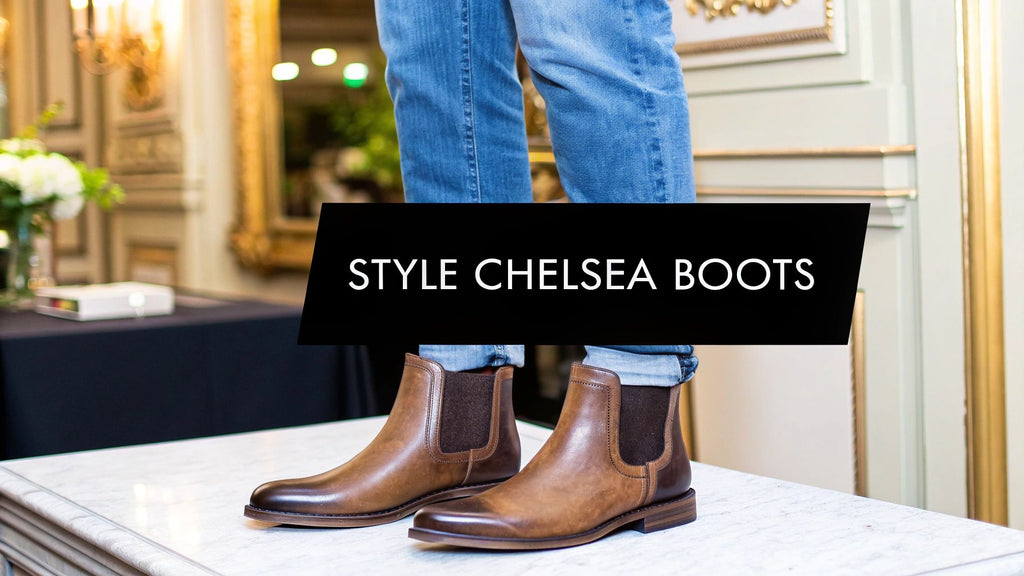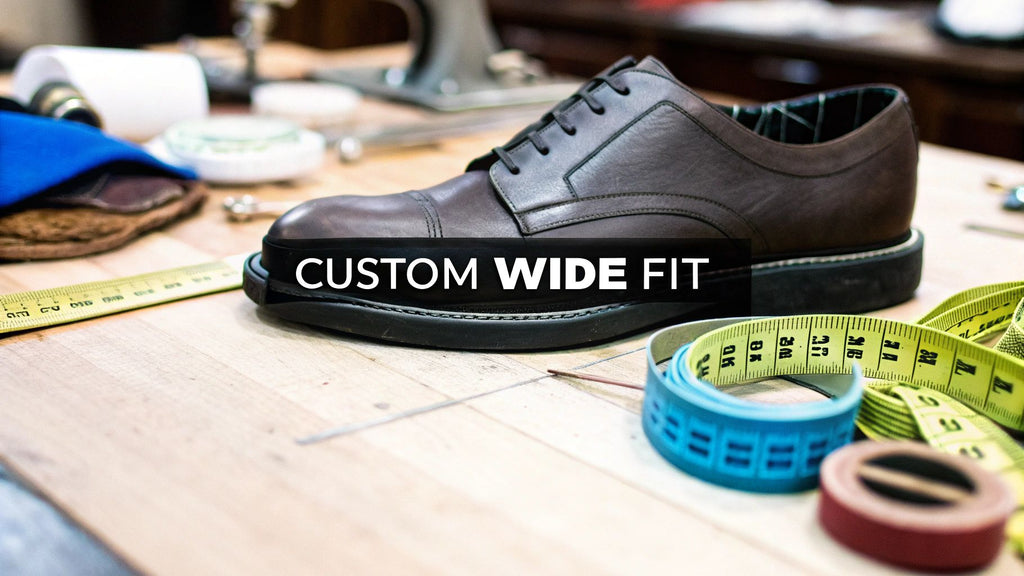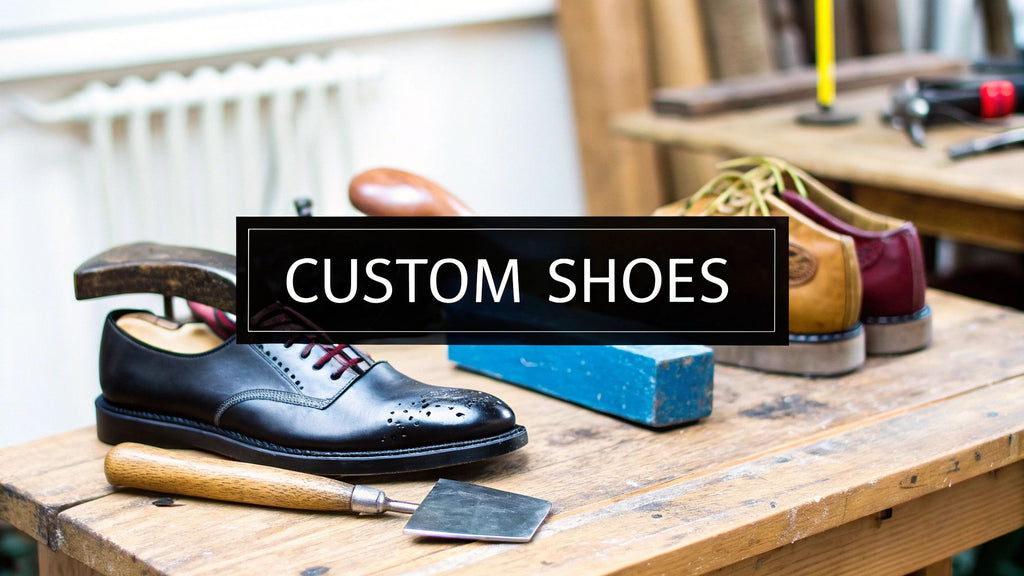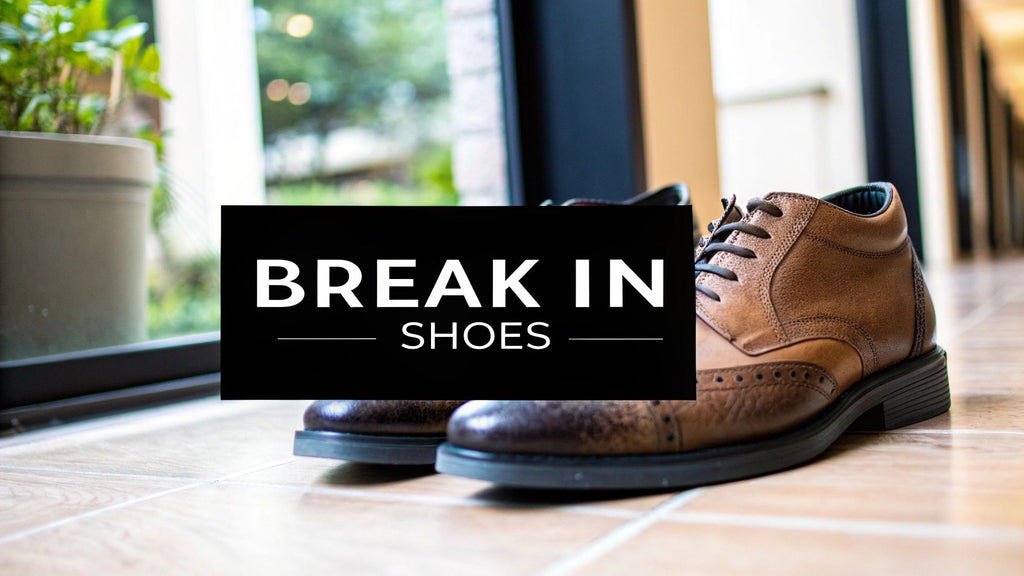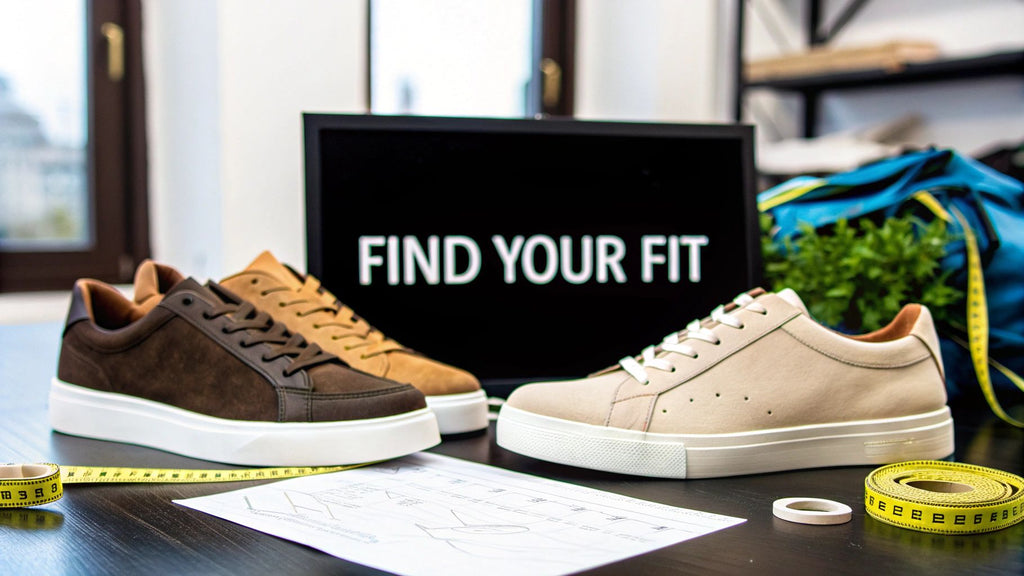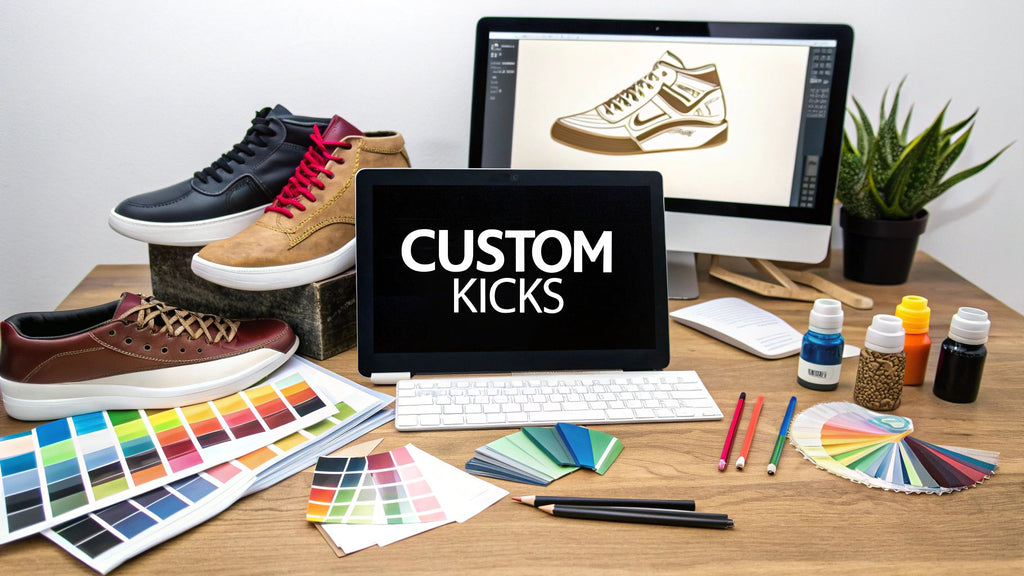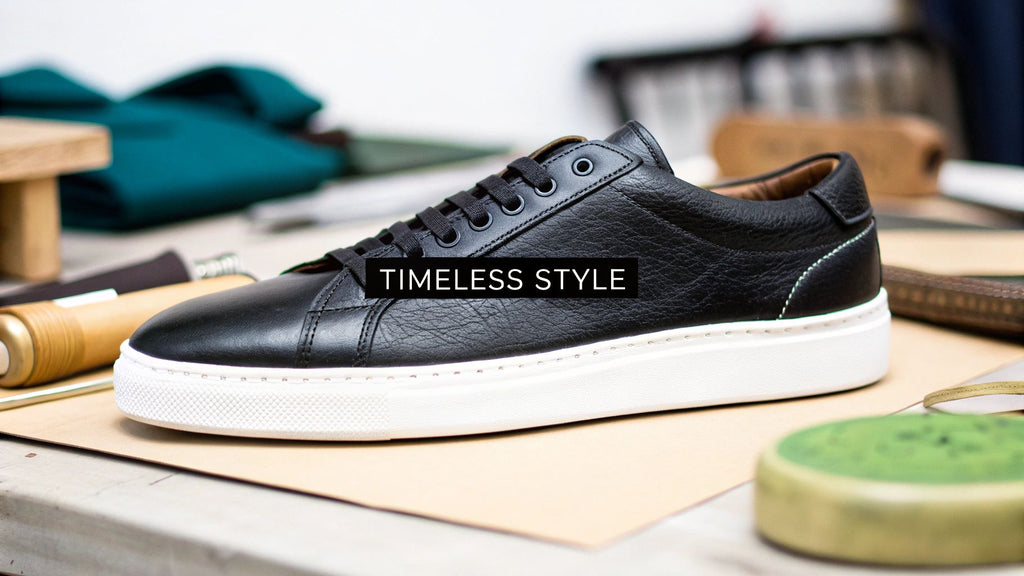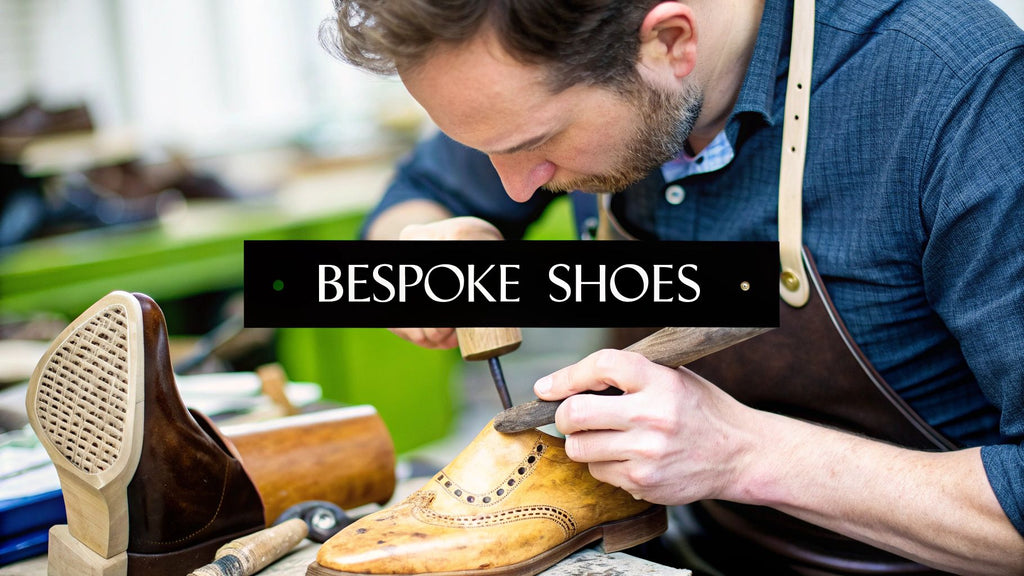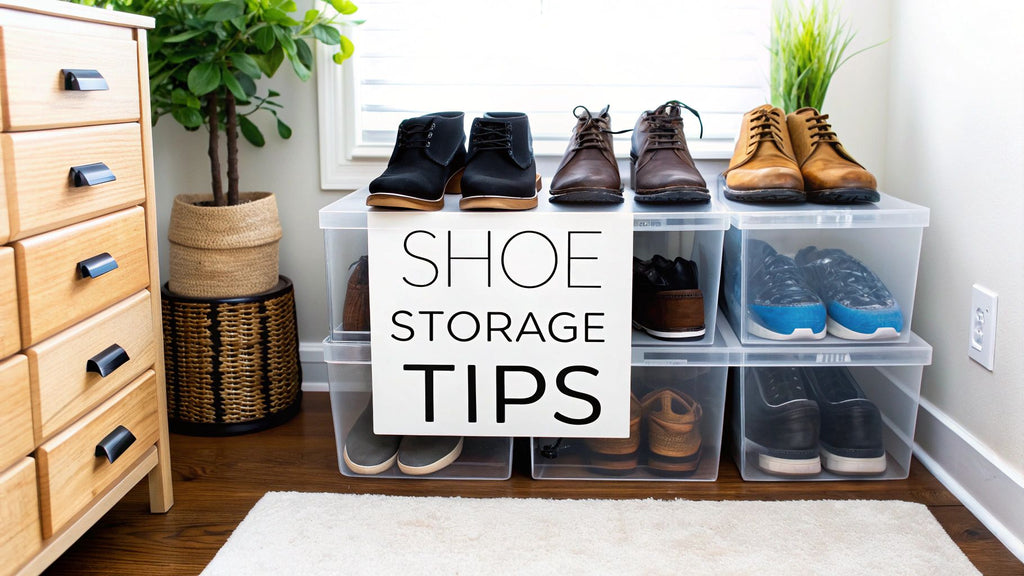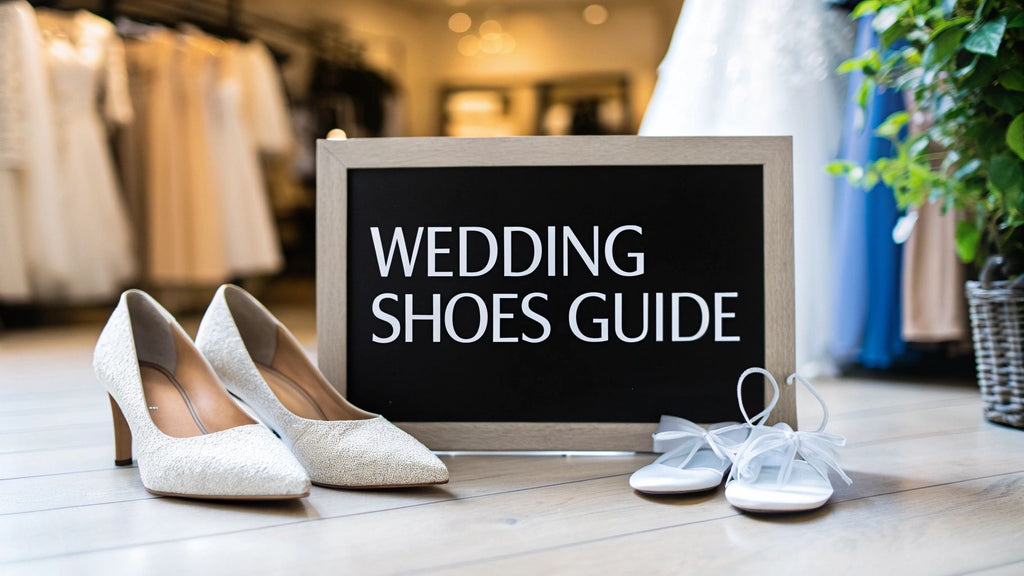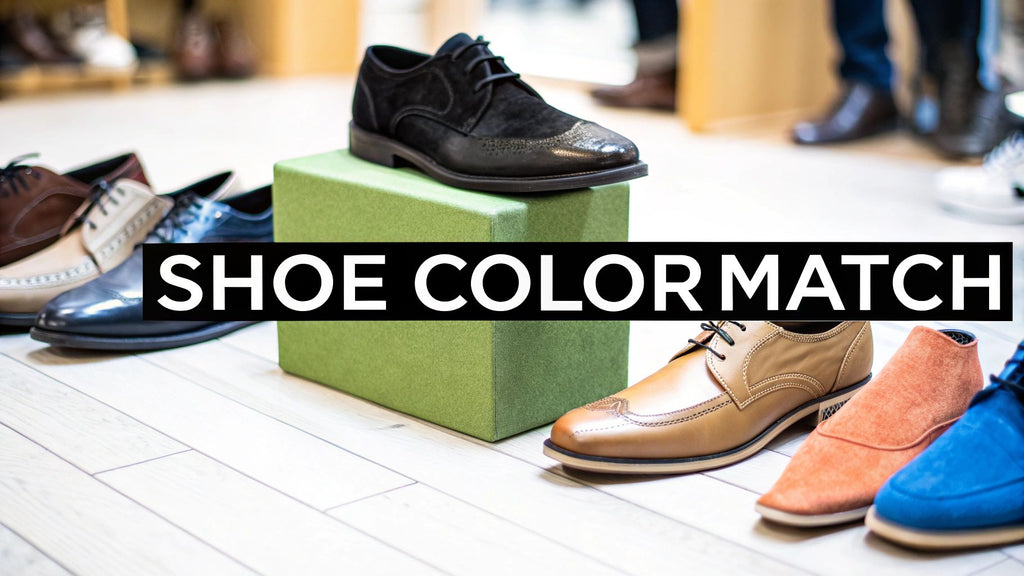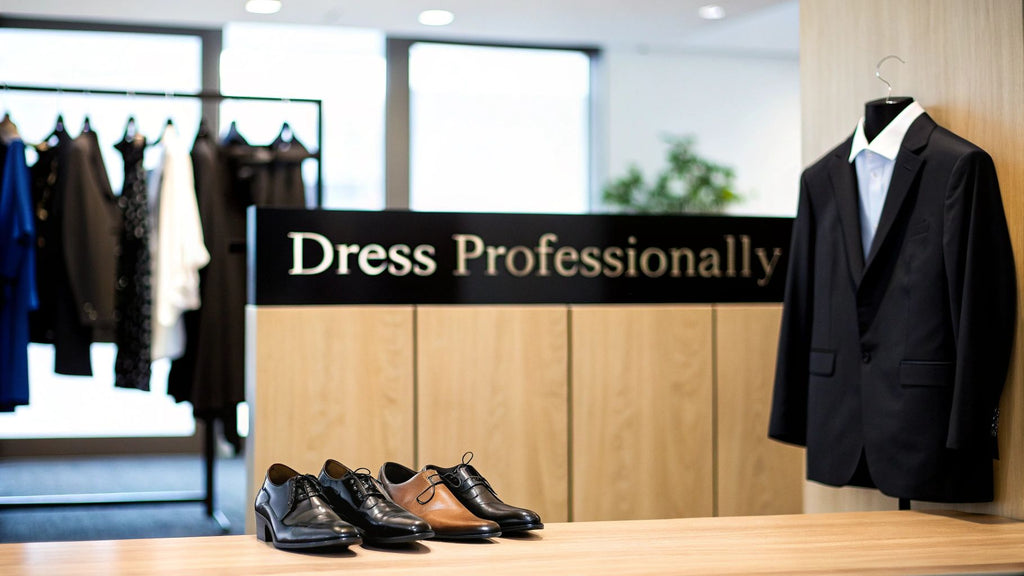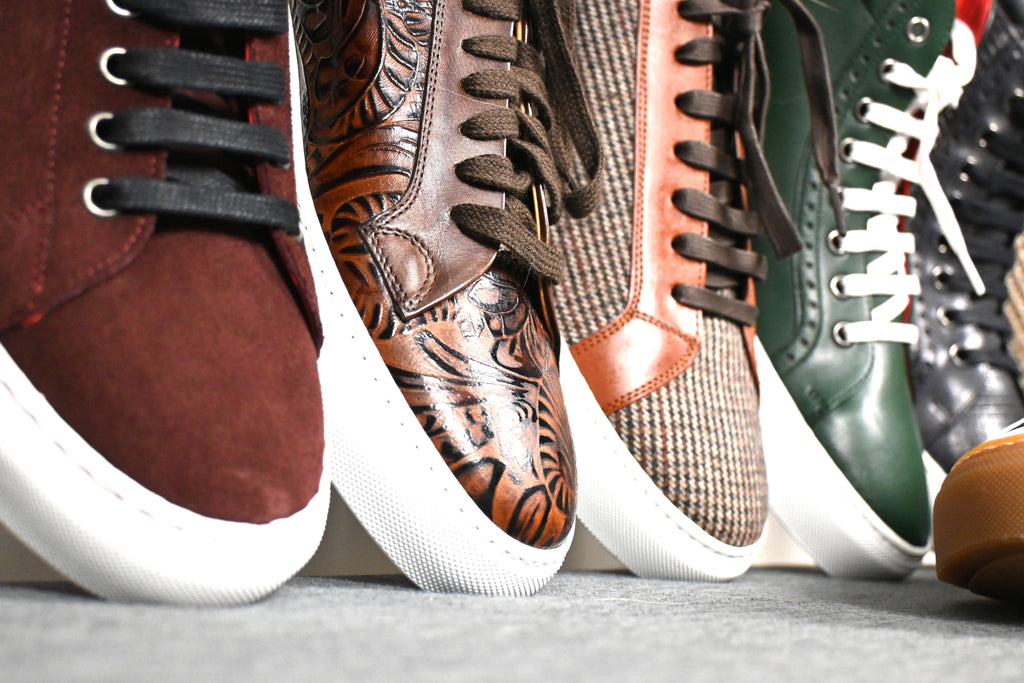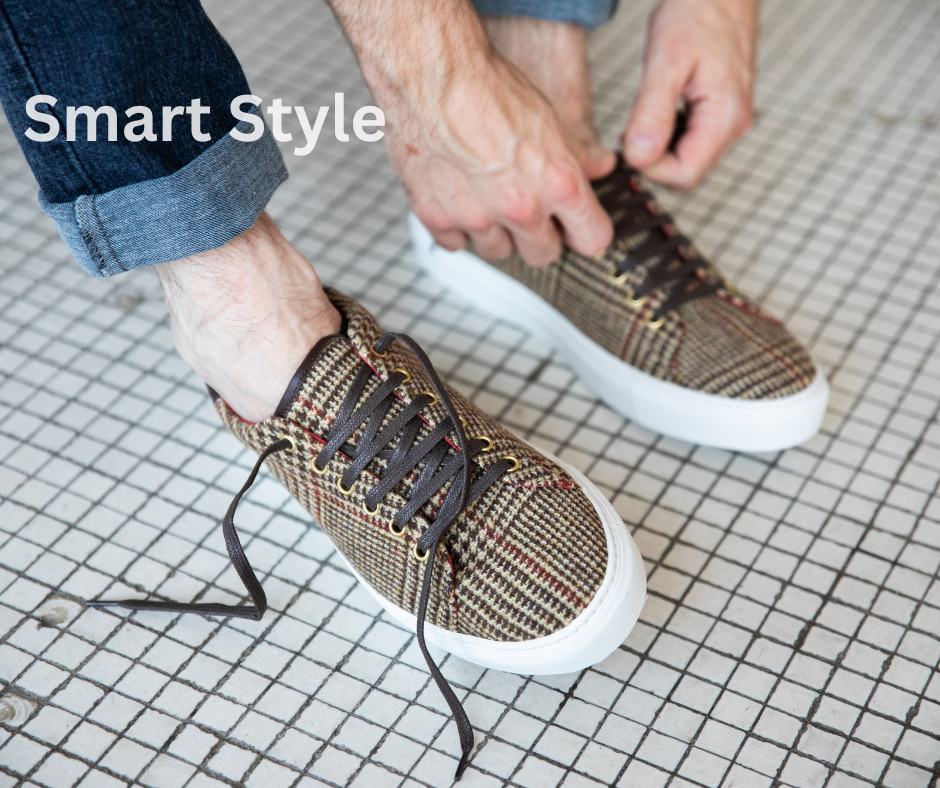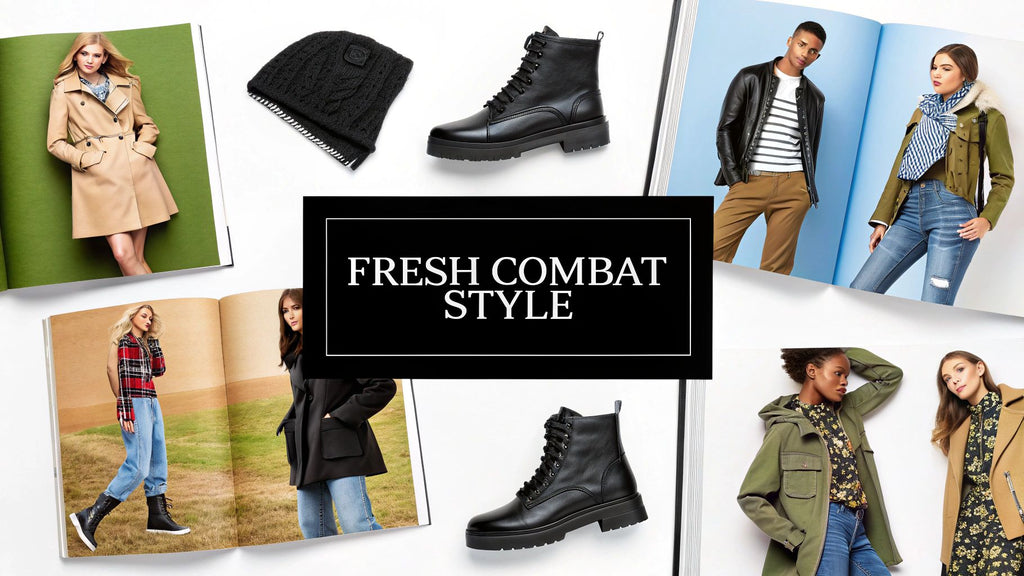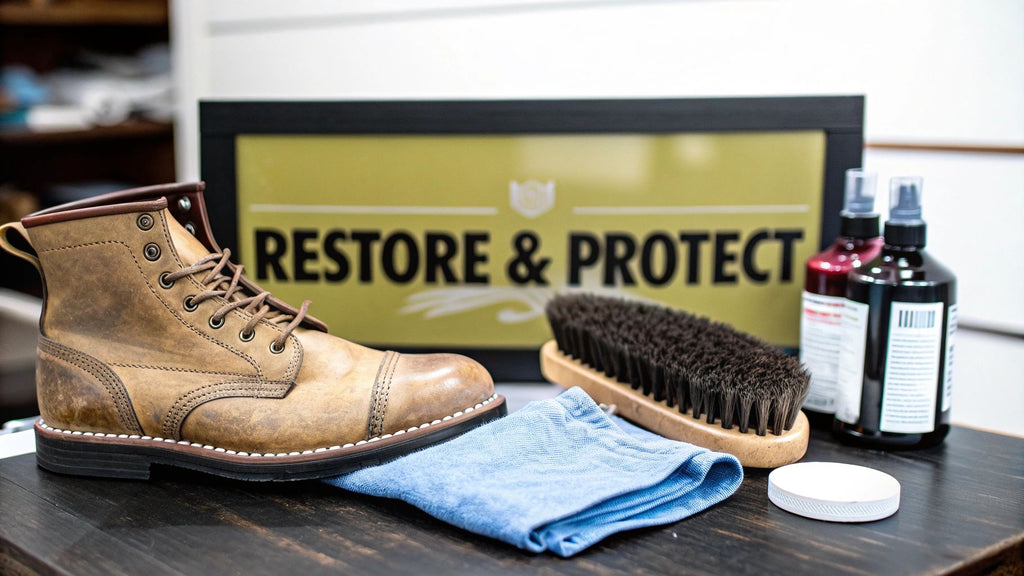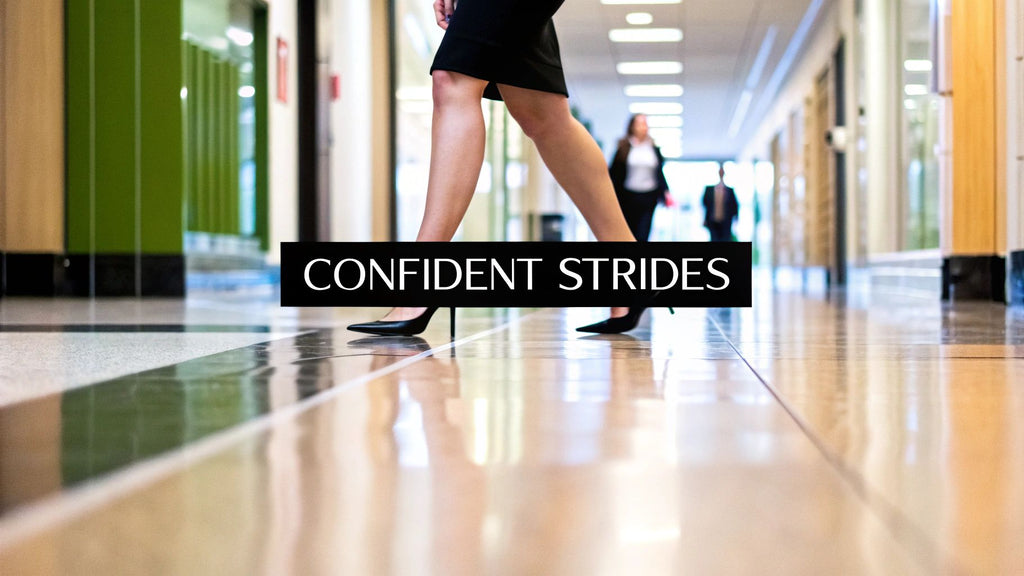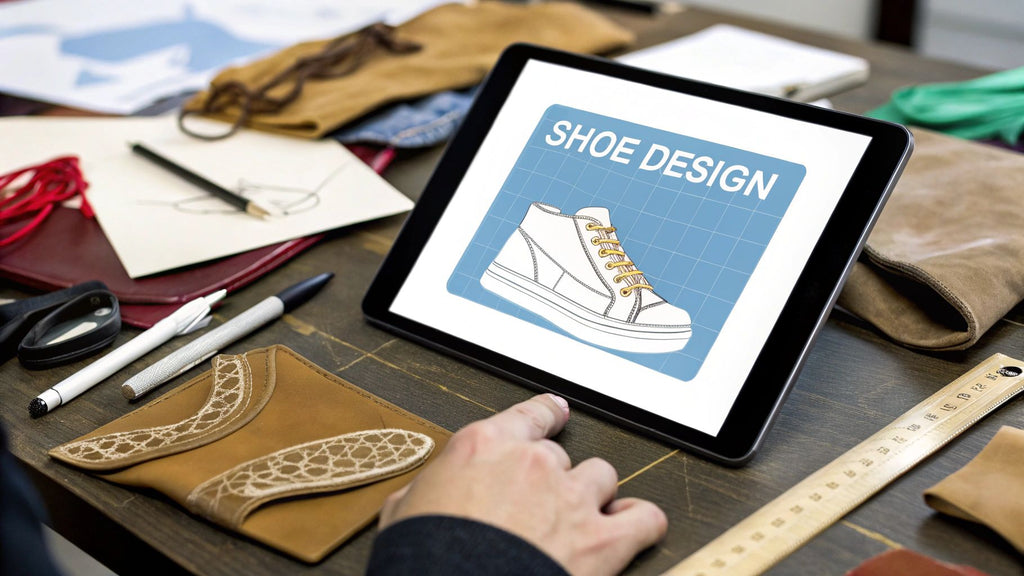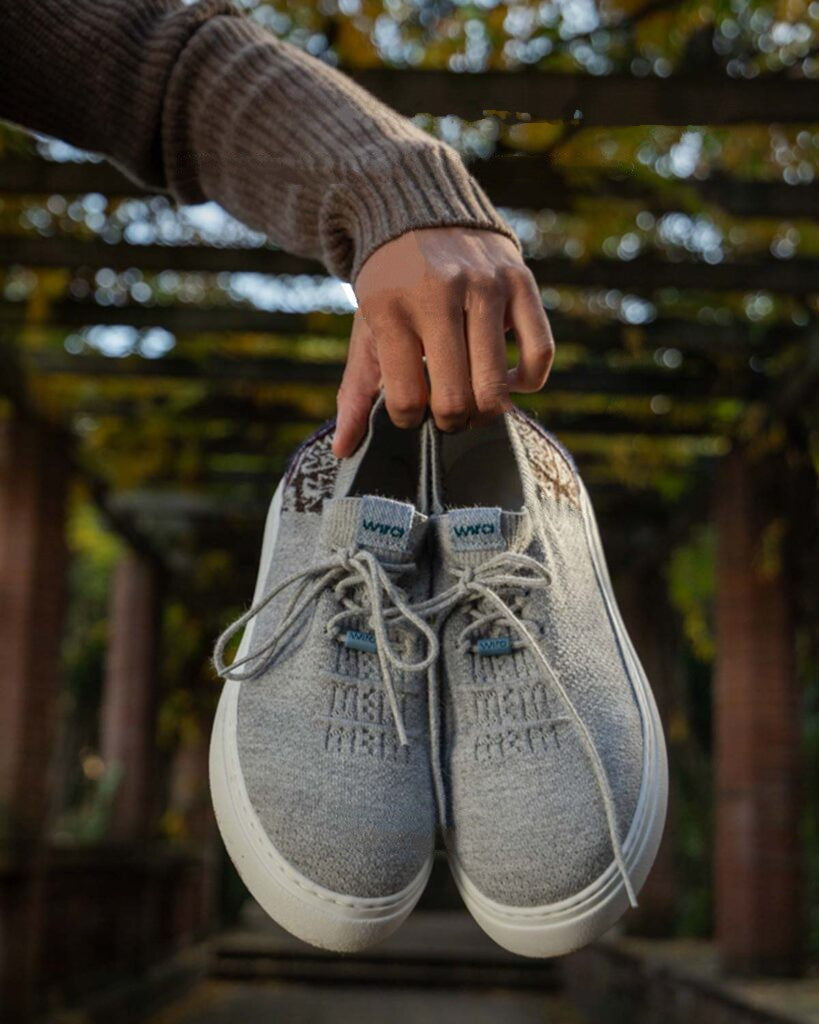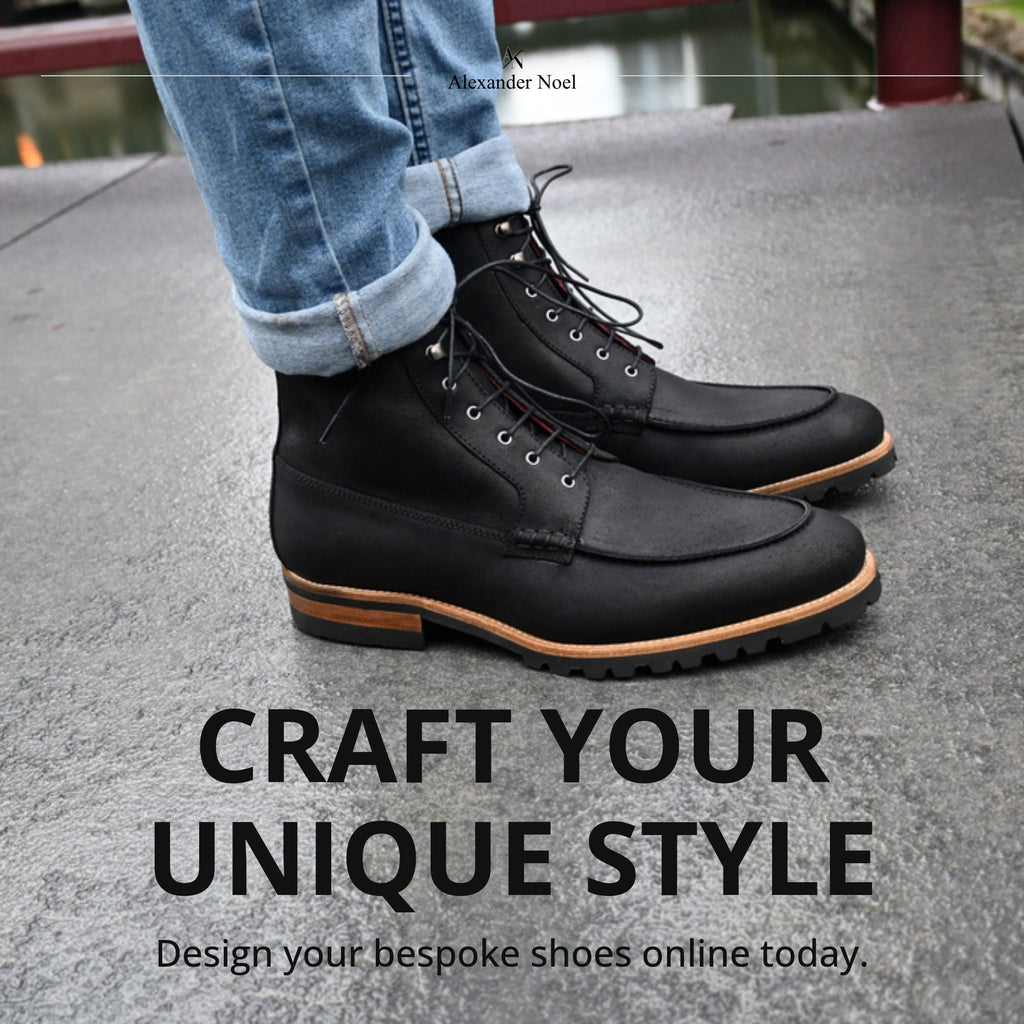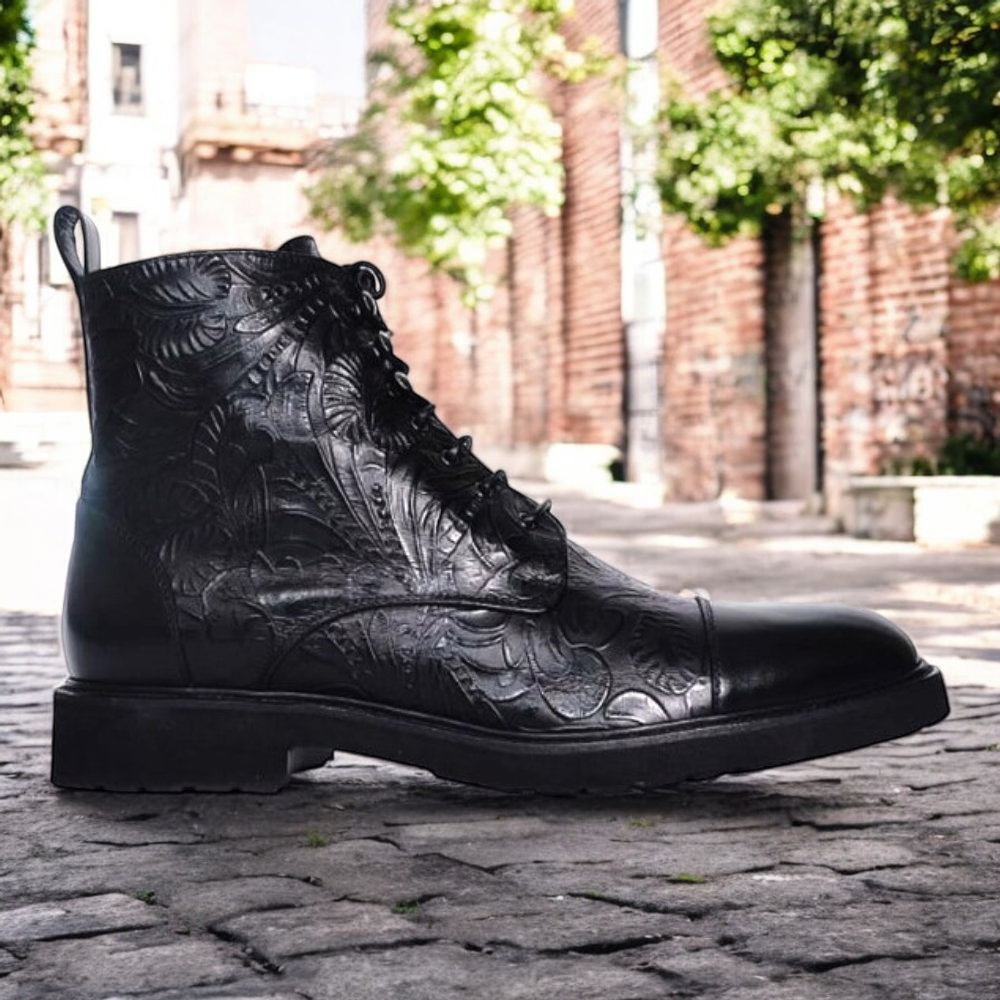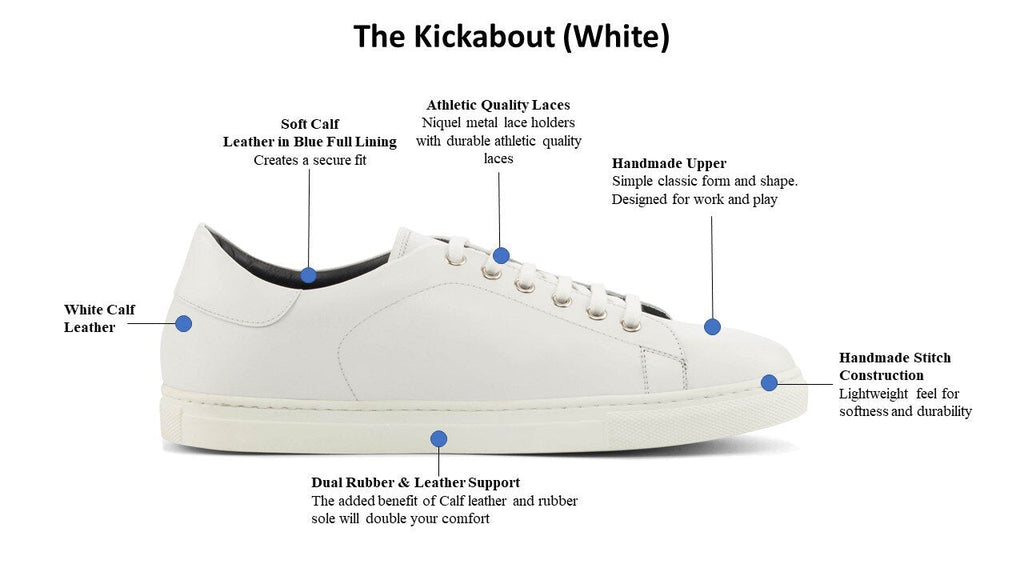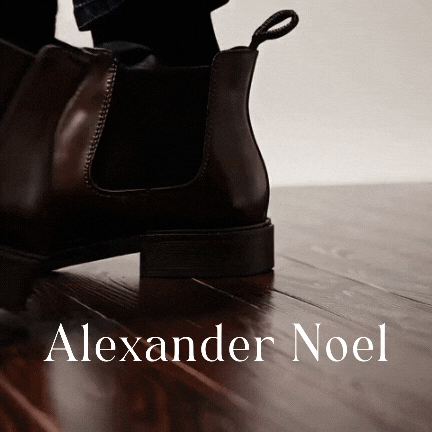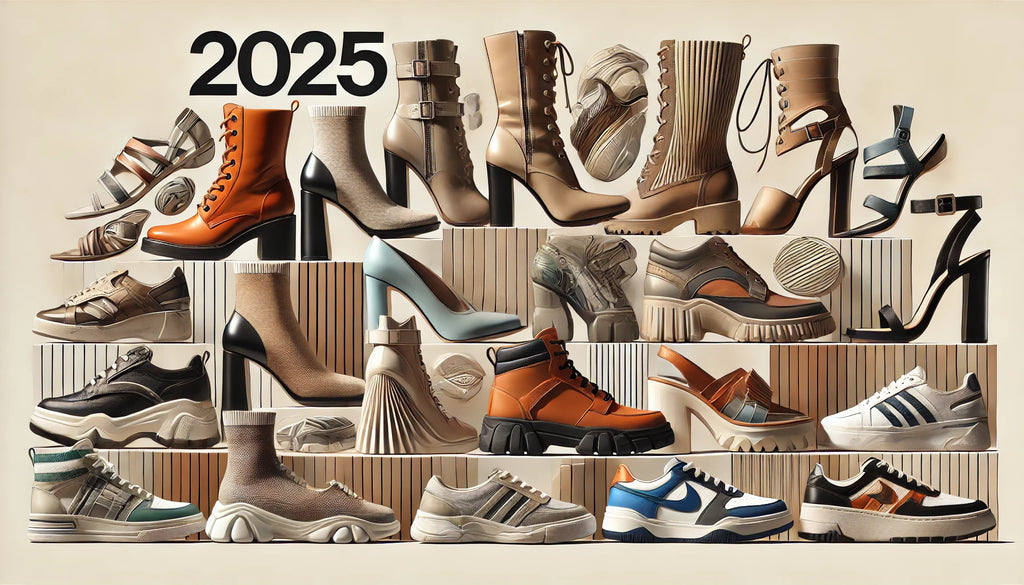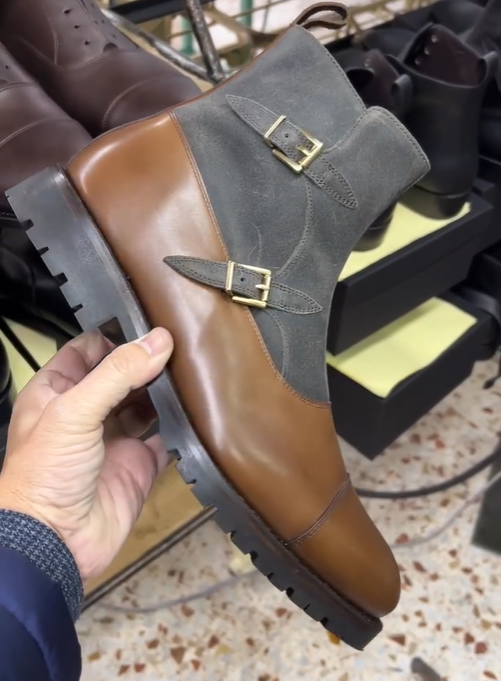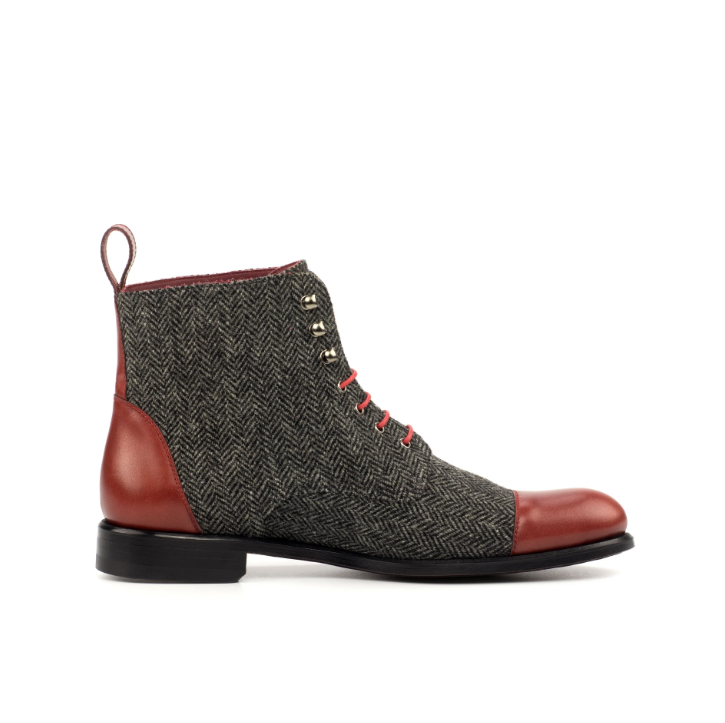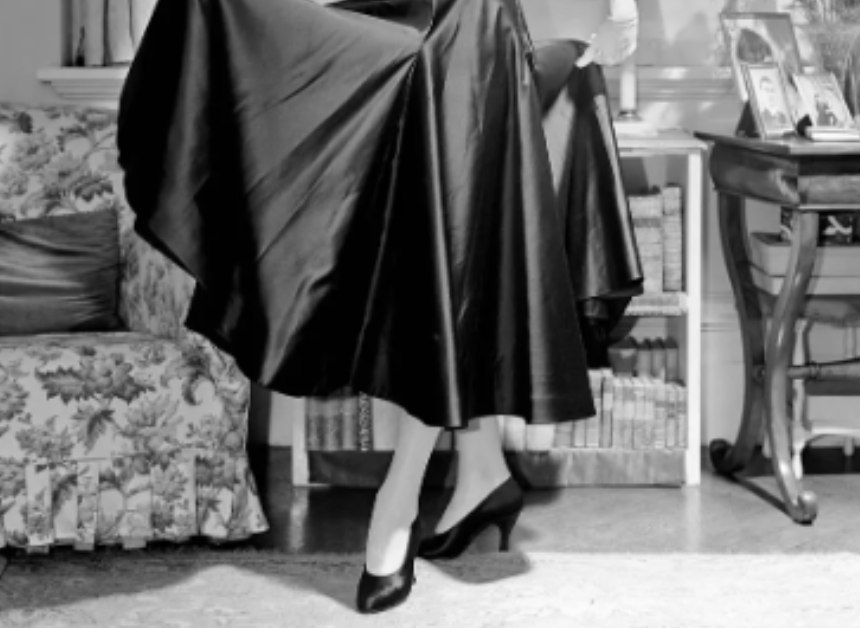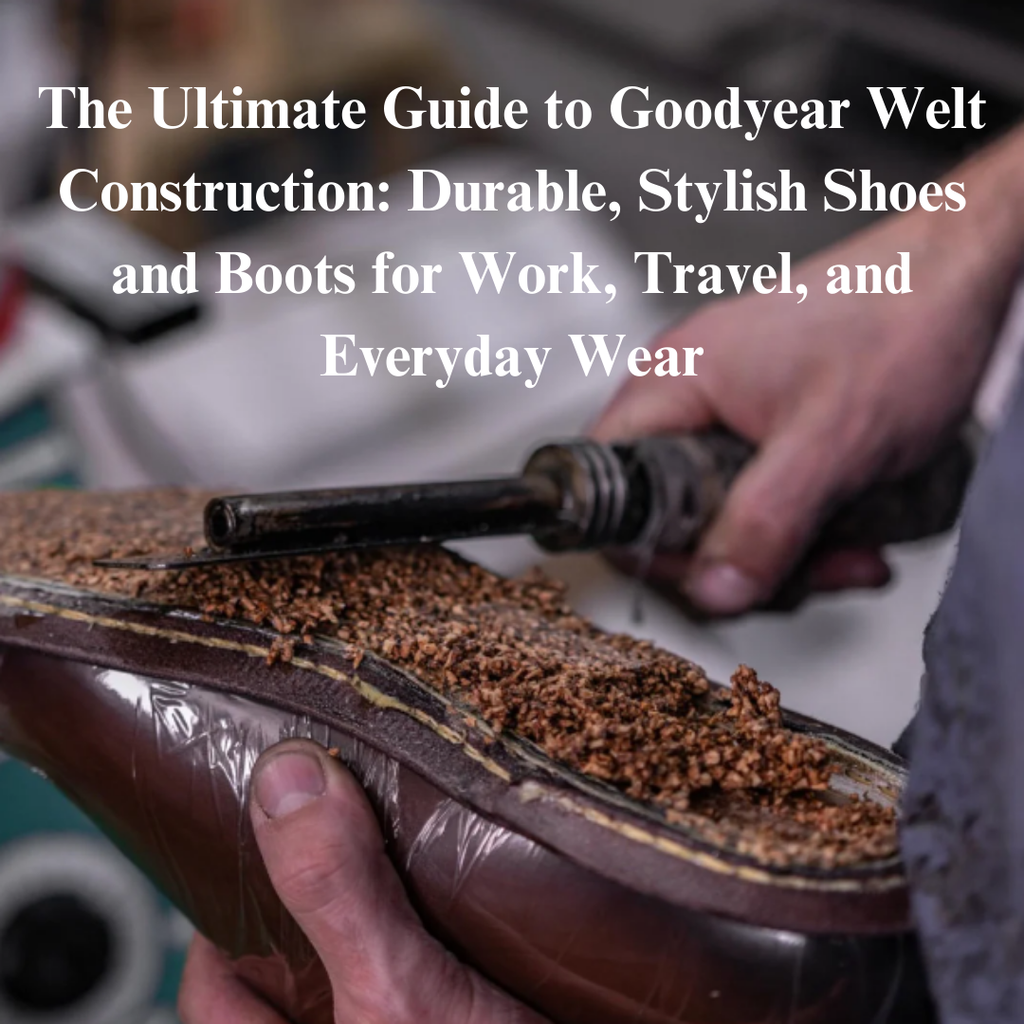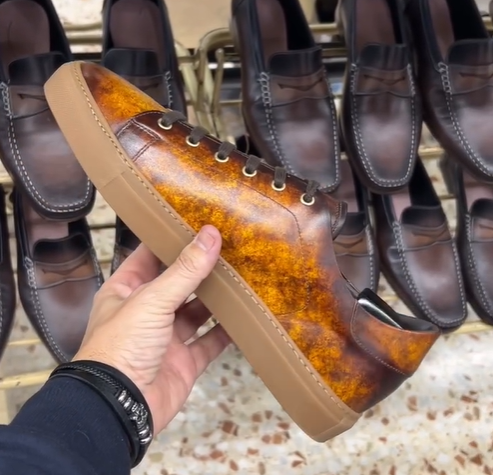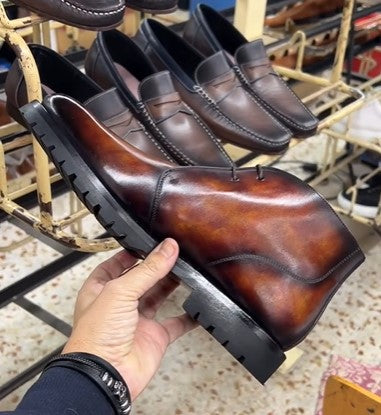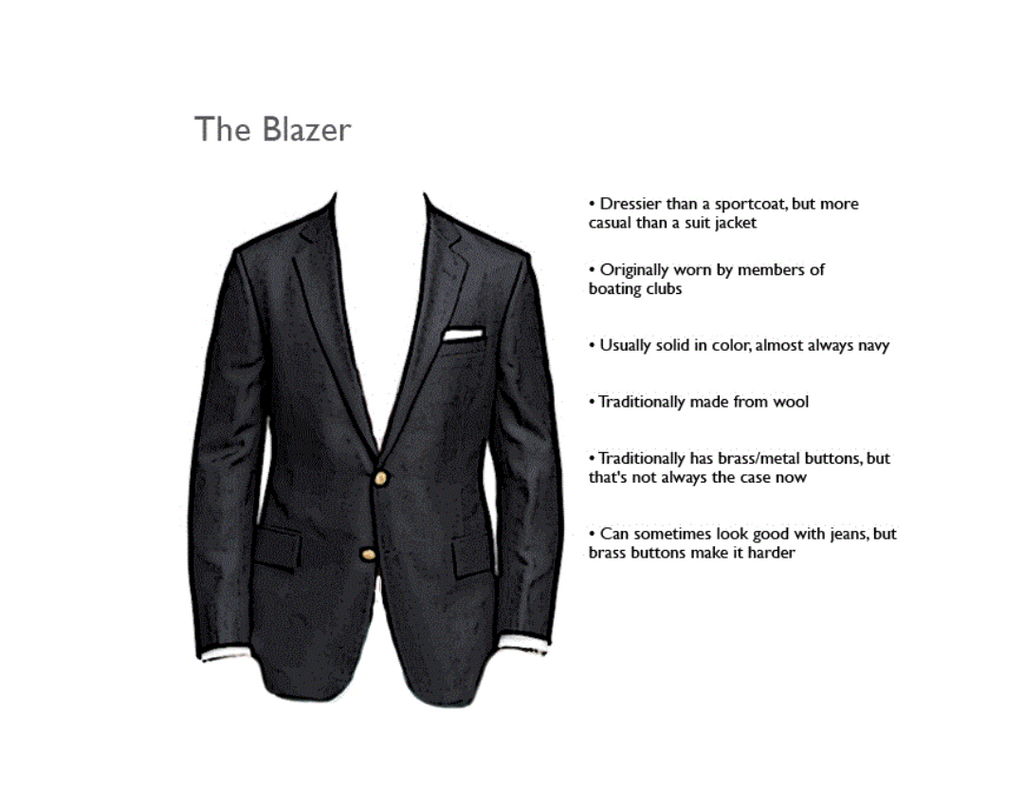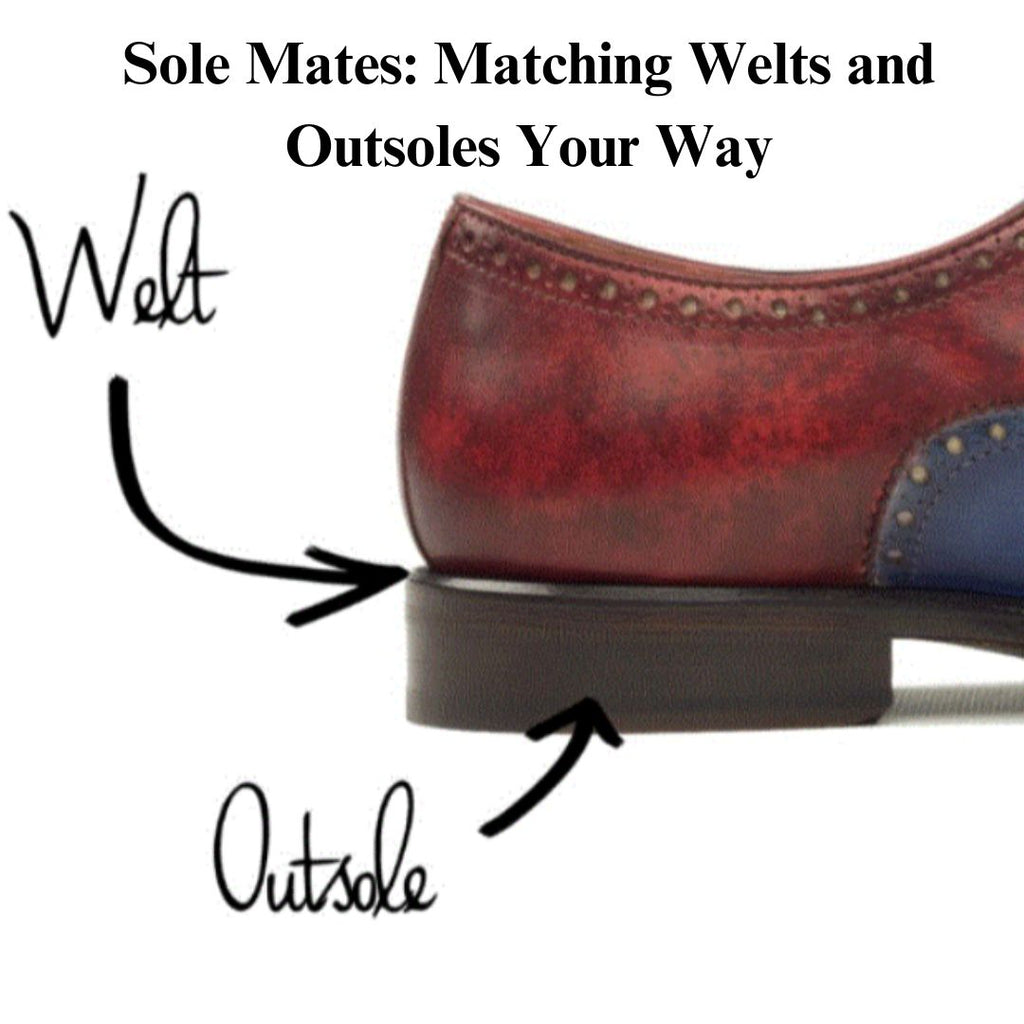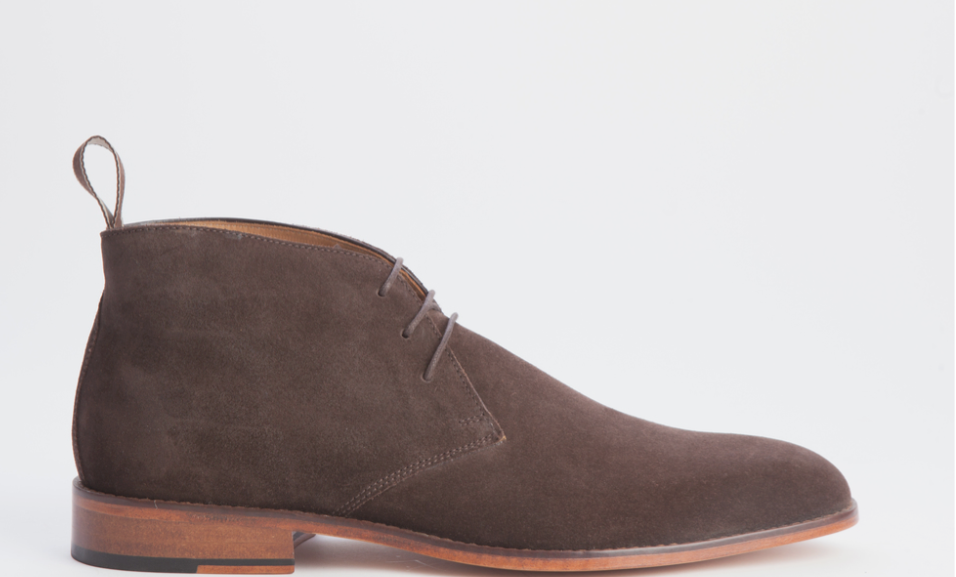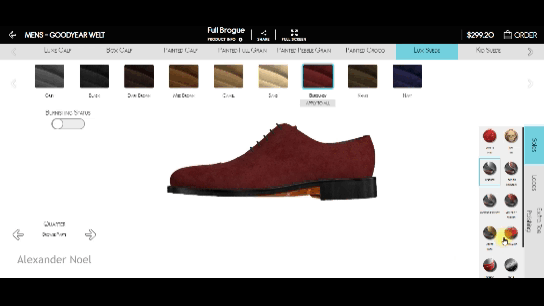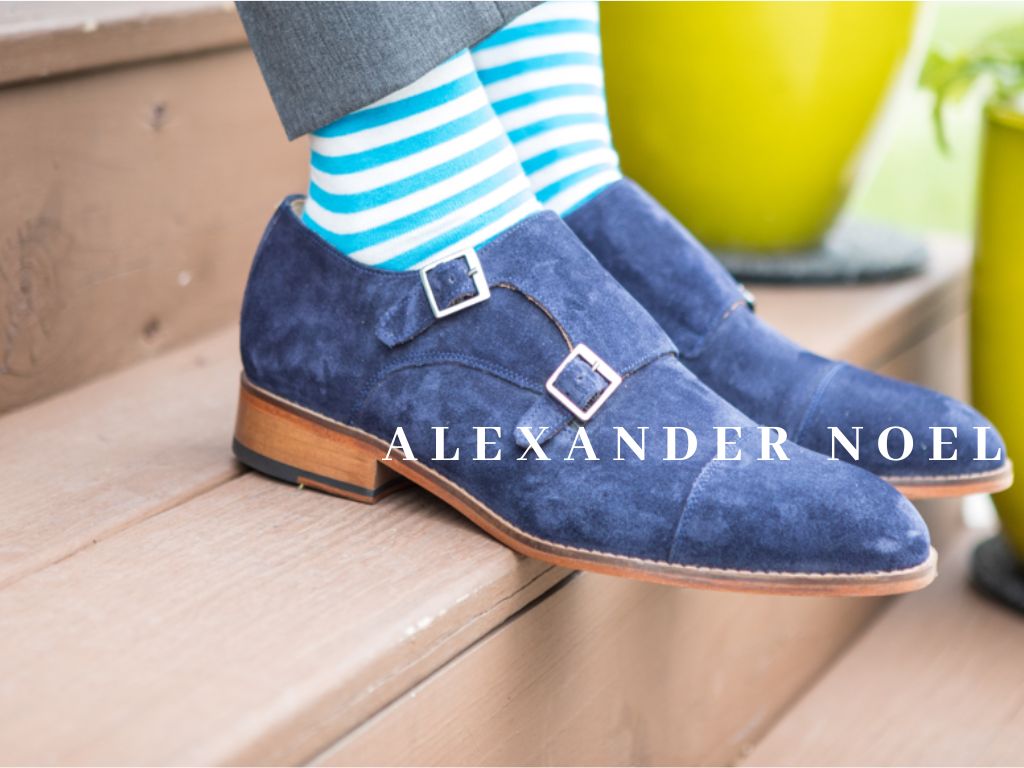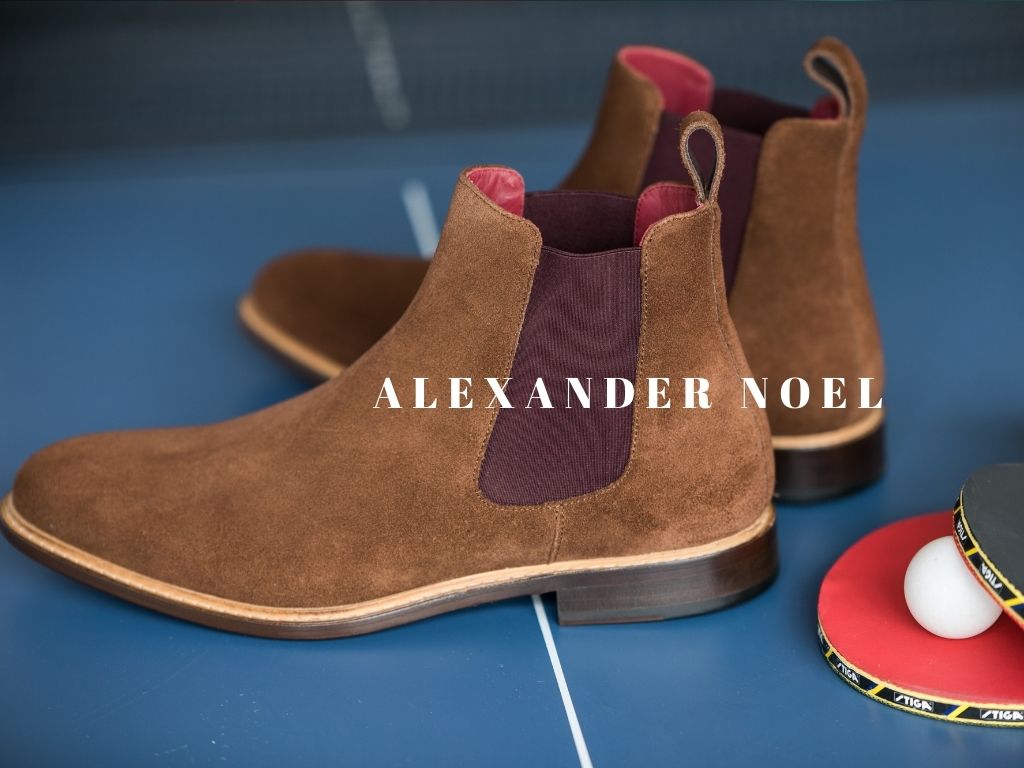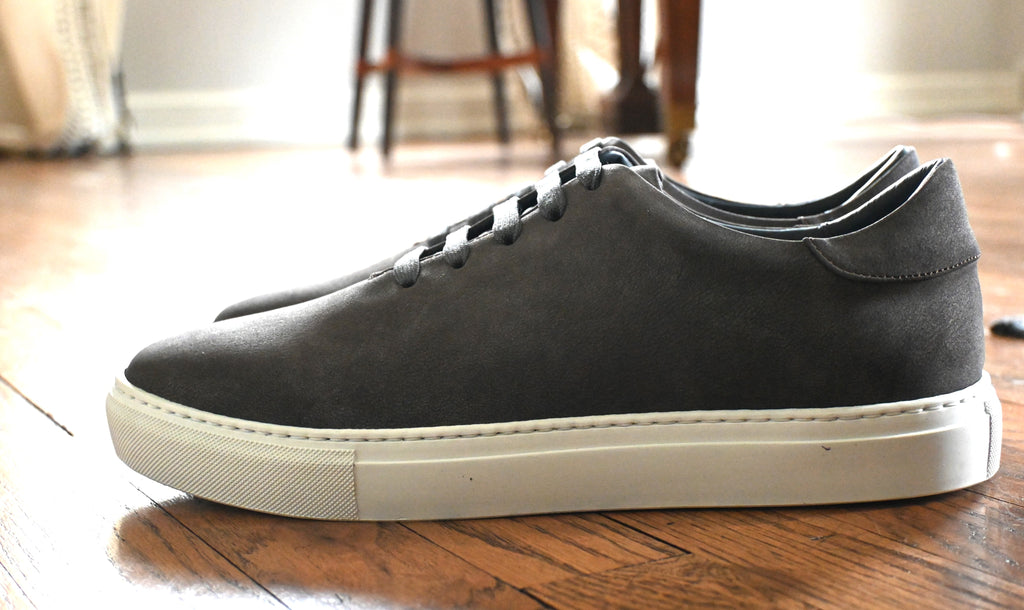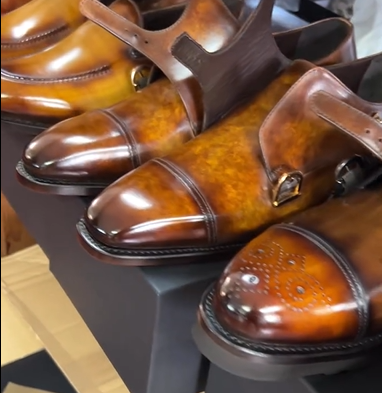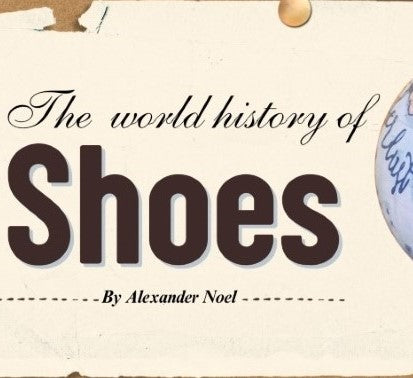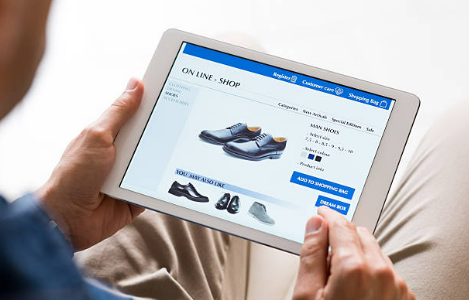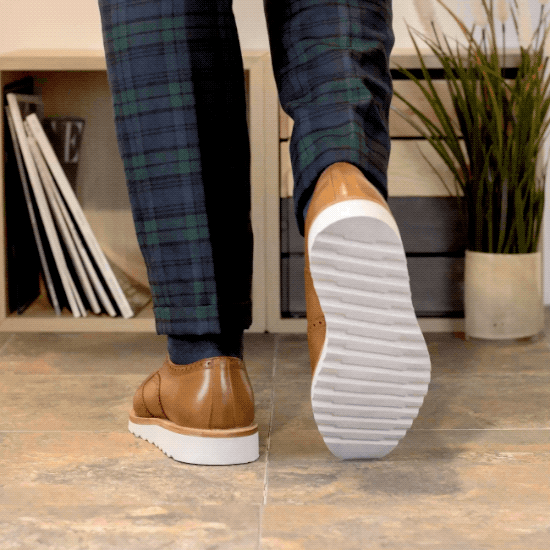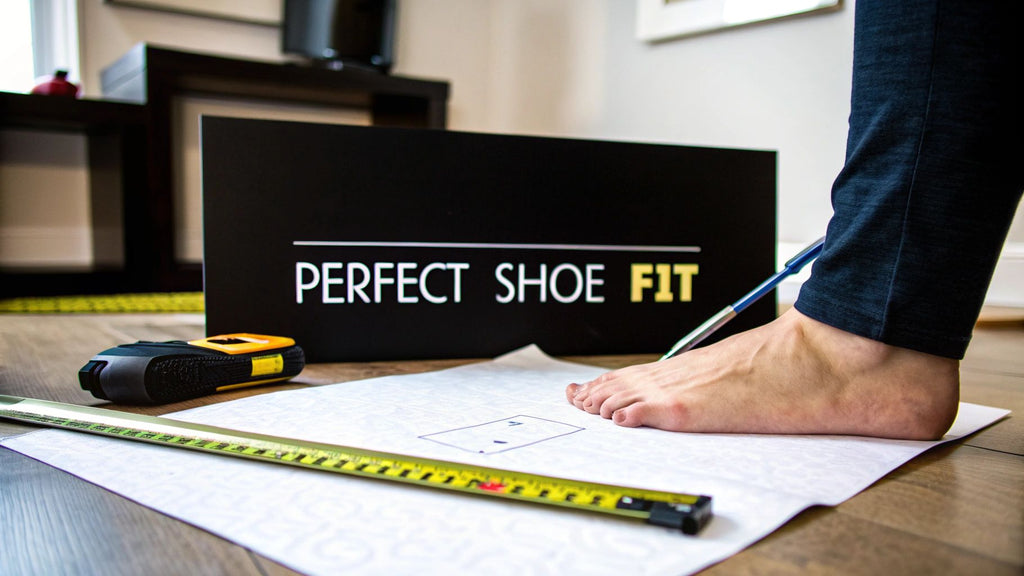
Learn How to Measure Shoe Size at Home for the Perfect Fit

Getting your shoe size right at home is simpler than you think. All it takes is tracing your foot on a piece of paper and then measuring two critical points: the length from your heel to your longest toe, and the width across the ball of your foot.
These two numbers—your unique length and width—are the secret to unlocking a truly personalized fit that goes way beyond the generic sizes you find in a store.
Why Your Perfect Shoe Fit Starts at Home
Let's be honest, shopping for shoes online can feel like a total gamble. You click your usual size, cross your fingers, and often end up with a pair that pinches, slips, or just feels… off. This isn't your fault. It happens because "standard" shoe sizes are anything but standard around the world.
A US 10 is not the same as a UK 10 or a European 43. This inconsistency is precisely why so many of us have a closet filled with footwear that doesn't quite fit.
Taking a few moments to measure your feet gives you the hard data needed for a superior fit. It's the essential first step in the artisan-crafted experience, moving you from guesswork to confidence and allowing you to invest in footwear that’s truly made for you.
Relying on your raw measurements in inches or centimeters is the single best way to ensure your custom-made shoes feel as good as they look. It connects you directly to the shoemaking process, honoring the blend of traditional craftsmanship and modern personalization.
Understanding Sizing Inconsistencies
The wide variation between international sizing systems really highlights why a single number on a box is rarely enough. Someone with a foot measuring about 27.9 cm might be a US 10, a UK 9, or a European 43.
This exact discrepancy is why our direct-to-consumer model puts such a strong emphasis on your personal measurements. It’s the only way we can guarantee the bespoke quality our global artisans are known for.
To put it in perspective, here's a quick look at how these systems often translate—and why your specific measurement is king.
International Shoe Size Systems Overview
The table below shows just a few examples of how different sizing systems can represent the same foot length. This is why providing your actual measurement in centimeters or inches is so much more reliable than just giving a size number.
| Measurement (cm) | US Size (Men) | UK Size | EU Size |
|---|---|---|---|
| 27.1 | 9.5 | 8.5 | 42.5 |
| 27.9 | 10 | 9 | 43 |
| 28.8 | 11 | 10 | 44 |
| 29.6 | 12 | 11 | 45 |
As you can see, the numbers can get confusing fast. Your best bet is to ignore the size you think you are and trust the tape measure. It's the most direct path to a perfect, handcrafted fit.
Gathering Your Tools for an Accurate Measurement
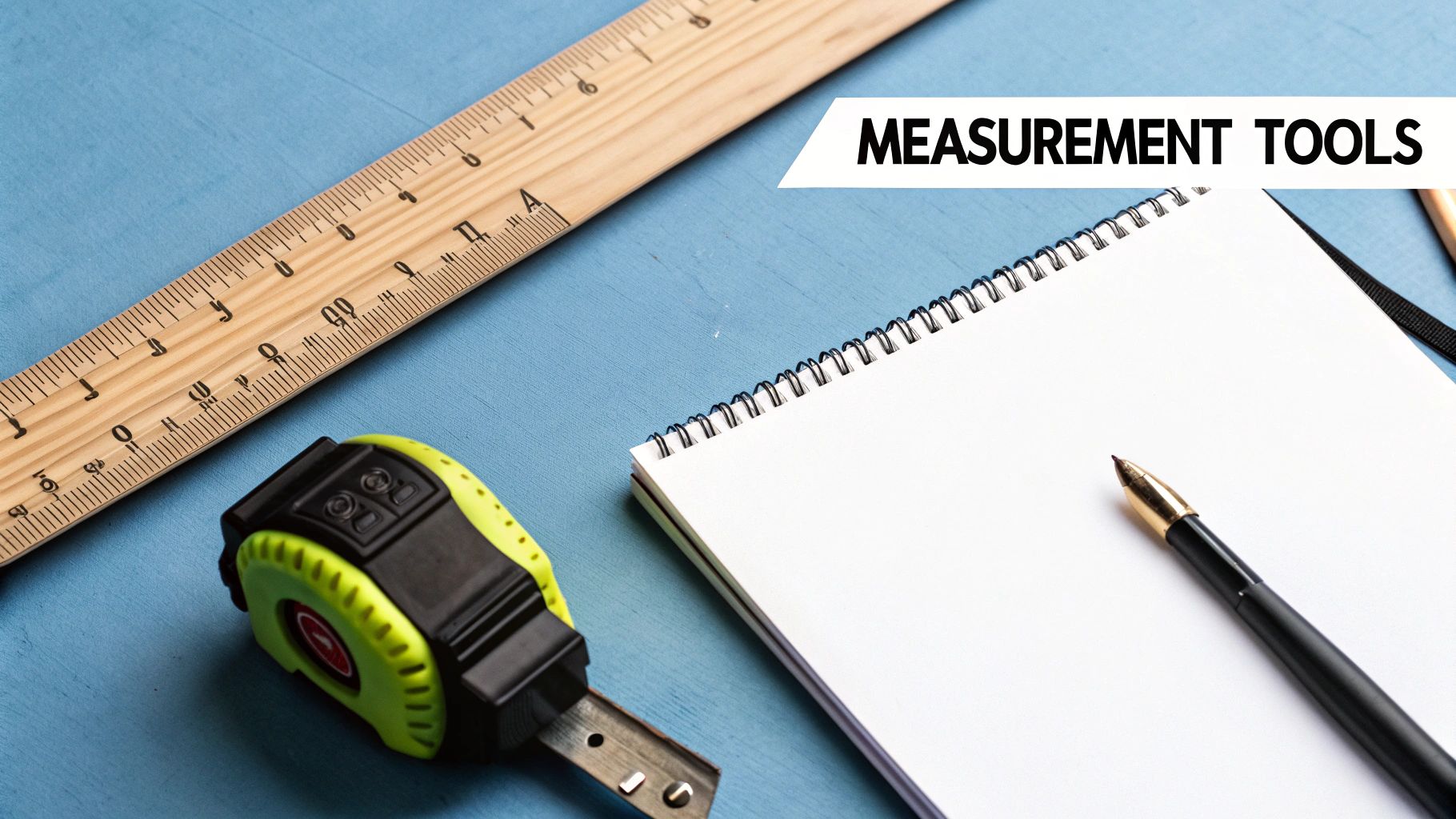
Before you even think about tracing your foot, getting a precise measurement really comes down to having the right setup. The quality of your tools and the surface you use will directly impact your results, and this is a crucial first step toward getting a pair of truly handcrafted, personalized shoes. Think of it as laying a solid foundation for our artisans to build upon.
To get a real sense of how to measure your shoe size at home, you have to start with a stable, consistent environment. A hard, flat surface is non-negotiable—think hardwood floors or tile. If you try to measure on a plush carpet, the soft surface will give way and distort the true outline of your foot, throwing off the entire measurement.
Essential Items for a Perfect Measurement
Your choice of tools is just as critical as the surface you work on. "Pen and paper" is a decent start, but we can refine that a bit to guarantee a much more accurate outcome.
- A Fine-Tipped Pen or Pencil: The sharper the point, the better. A fine tip lets you draw a crisp line right along your foot's edge, avoiding the blurry, inaccurate outline a thick marker would create.
- A Rigid Ruler or Tape Measure: This is important. Flexible sewing tapes can easily bend and stretch, which will lead to faulty readings. A stiff, straight ruler is the only way to get a true measurement from heel to toe.
- The Right Pair of Socks: You should always measure your feet while wearing the exact type of socks you plan to pair with your new shoes. A thick wool sock for a boot will add far more volume than a thin dress sock for an oxford.
Pro Tip: Your feet naturally swell as the day goes on. For the most reliable measurement, it’s always best to trace your feet in the late afternoon or evening. This captures them at their largest size.
Taking a few moments for this simple preparation ensures your measurements are as solid as possible, setting you up for that perfect fit. It's a lot like caring for the final product; just as knowing how to clean leather boots preserves their quality, measuring correctly ensures they feel like they were made for you from the very first wear.
The Right Way to Trace and Measure Your Foot
Alright, you’ve got your tools ready. This is where the magic happens—the moment you capture the exact blueprint our artisans will use to build a shoe that feels like it was made just for you.
The secret is to trace your foot while you’re standing up. When you put your full body weight on your foot, it spreads out to its true, natural size. This is the shape we need.
First, lay your sheet of paper on a hard, flat floor. Step onto the paper with one foot, making sure your weight is balanced evenly. Just stand naturally, like you're waiting for a coffee. This lets your foot relax and settle into its real-world shape.
With your fine-tipped pen, carefully trace the outline of your entire foot. The trick here is to keep the pen held straight up and down, at a perfect 90-degree angle to the paper. If you angle it in or out, you’ll either trace under your foot or too far away from it—a common mistake that can completely throw off the measurements.
Nailing Down Your Core Dimensions
Once you've got a clean tracing, it's time to measure the two dimensions that matter most for a personalized fit. These numbers are the bedrock of custom footwear, giving us far more information than a standard shoe size ever could.
- First, get your foot length. Take your rigid ruler and draw a straight line on the tracing from the very back of your heel to the tip of your longest toe. And don't be surprised if your longest toe isn't your big toe; that’s more common than you think.
- Next, find your foot width. Look for the widest part of your tracing, which is almost always the ball of your foot (right behind your toes). Measure this distance in a straight line, from one edge to the other.
An Artisan's Insight: Some shoemakers will ask you to use a fabric tape measure to capture the curved length of your foot, not just a flat, straight line. Why? Because the lasts—the forms used to craft shoes—are three-dimensional and mimic the actual contours of a human foot. It's a fascinating detail, and you can get a deeper sense of these nuances by exploring expert takes on why shoe sizes are a mess.
This process gives us the essential length data we need.
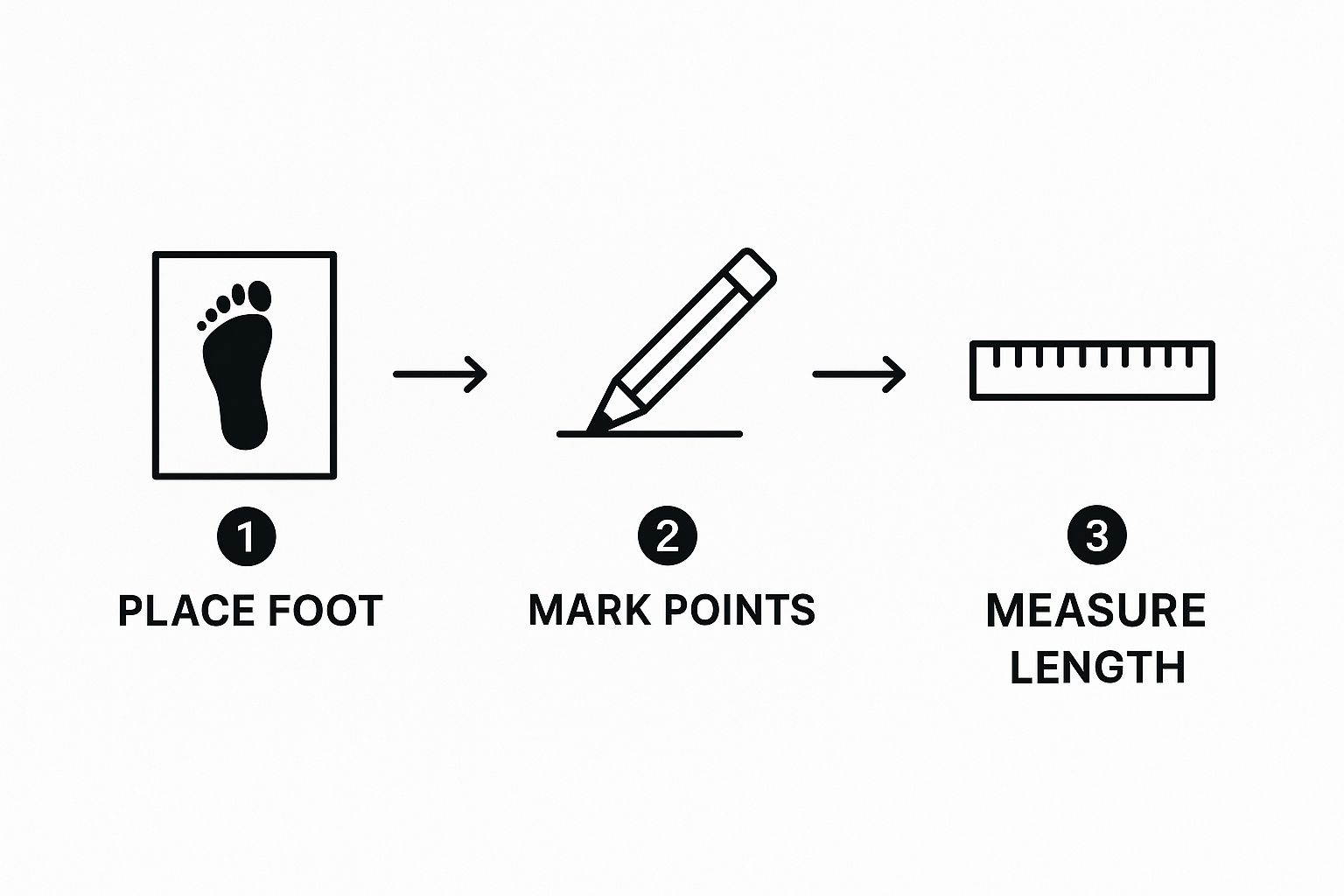
Simply placing your foot, marking the key points, and measuring the distance is all it takes to get the fundamental measurement for any size chart.
And the most important tip I can give you? Always measure both feet. It's incredibly common for one foot to be slightly larger than the other. When you order, you should always go with the measurements from your bigger foot. Trust me, this single step is a game-changer for achieving all-day comfort.
Turning Your Measurements Into the Perfect Shoe Size
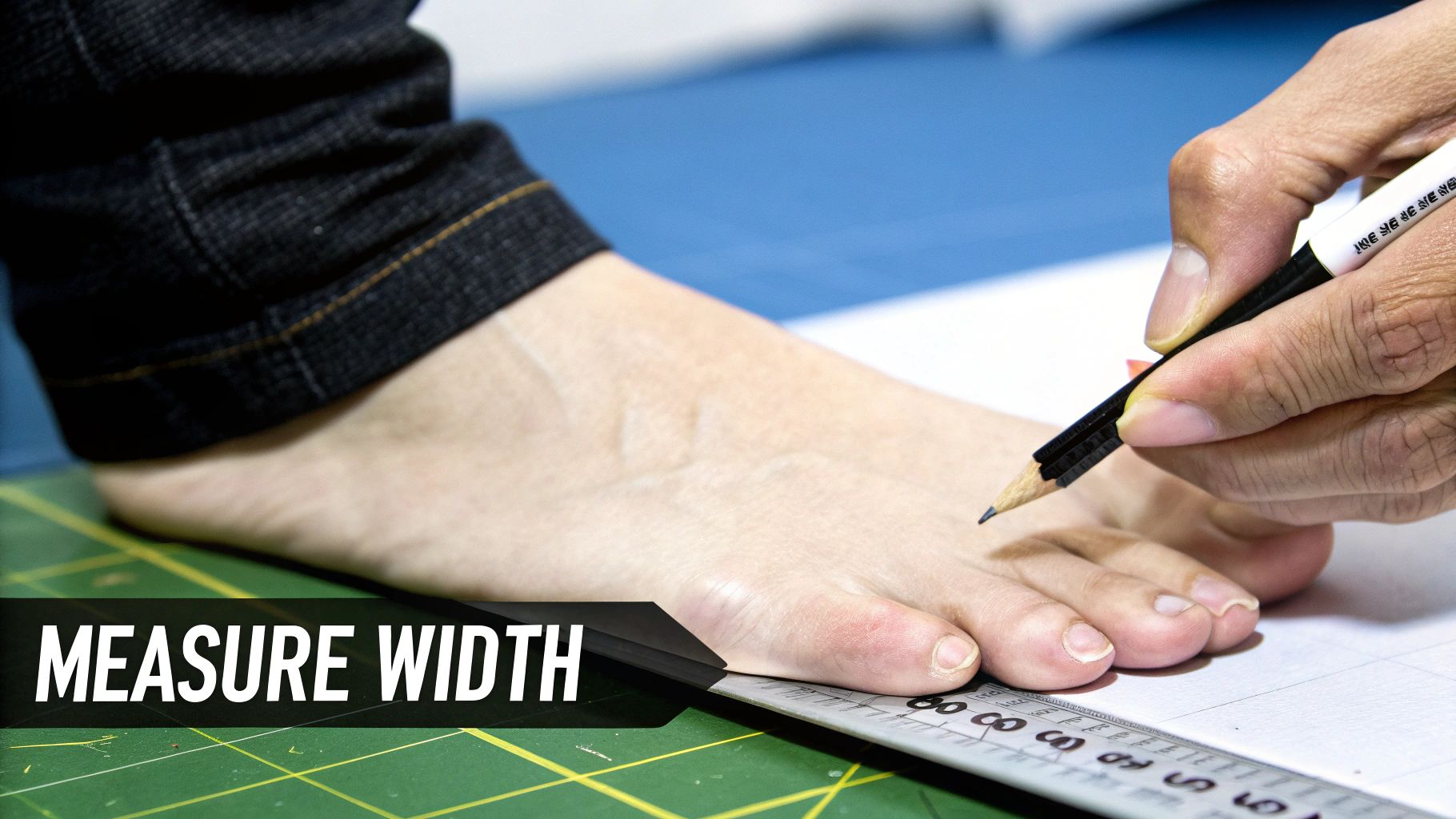
Alright, you've carefully traced and measured your feet. So, now what do you do with those numbers? This is where the magic happens—transforming those raw dimensions into a shoe that feels like it was made just for you.
To get started, you'll want to have our detailed shoe size charts handy. Think of these charts as the bridge connecting your unique measurements to your ideal size. They're an essential tool in this process.
Why You Need a Little Wiggle Room
It’s tempting to match your foot length exactly to the number on a chart and call it a day. I've seen people do this, and it almost always leads to discomfort. A truly great fit needs a bit of breathing room. Your feet naturally move and even swell slightly throughout the day, and they need space to do that.
Here’s a solid rule of thumb I always recommend: add about 1 to 1.5 centimeters (that's roughly 0.4 to 0.6 inches) to your longest foot measurement. This little bit of extra space is the secret sauce for preventing cramped toes and ensuring your shoes feel great from morning to night.
This isn't about making the shoe feel loose or oversized. It’s about giving your foot the functional space it needs to move naturally within the shoe's structure. It's a small detail that makes a world of difference in comfort.
Let's put this into practice. Imagine your foot measures 26 centimeters on the dot. Instead of looking for a size that corresponds exactly to 26 cm, you’ll add that buffer. Your target measurement for finding the right size is now closer to 27-27.5 cm.
Converting to European Sizing
Many of our artisans work with the Continental European sizing system, which has its own logic. This system uses "Paris points" for measurement, where a single point is two-thirds of a centimeter. It’s based on the length of the last—the mold the shoe is built on—which is always a bit longer than the foot itself.
So, for that same 26 cm foot, you'd be looking at a European size 41. It seems like a jump, but it accounts for that necessary wiggle room right in the sizing formula.
If you find yourself puzzling over how US, UK, and European sizes relate, our guide on US shoe size conversion can clear things up. Armed with your precise measurements and this bit of insight, you're perfectly set to choose a size that delivers a truly custom fit.
Common Sizing Mistakes and How to Avoid Them
Getting your own foot measurements can feel a little tricky, and even with the best intentions, a few small slip-ups can lead to a less-than-perfect fit. One of the most common mistakes I see is people measuring their feet while sitting down. You absolutely have to be standing, with your full weight on your feet, to let them spread to their natural, true size.
Another classic blunder? Measuring at the wrong time of day. Your feet naturally swell as the hours go by, so taking a measurement first thing in the morning will almost always give you a smaller, less accurate reading. The golden rule is to measure in the late afternoon or evening to capture your foot at its largest.
The Devil Is in the Details
When you're aiming for a truly personalized fit, precision is everything. This is where tiny oversights can really throw things off.
- Forgetting to Measure Both Feet: It's incredibly common—in fact, it's the norm—for one foot to be slightly larger than the other. Always, always base your size on your larger foot. Otherwise, you’re just asking for a cramped, uncomfortable shoe.
- Ignoring Sock Thickness: The socks you plan to wear can make a surprising difference. Think about it: a thick, cushioned boot sock takes up way more room than a thin dress sock. Make sure you measure your feet while wearing the exact type of socks you’ll pair with your new shoes.
The quest for a standardized, precise fit isn’t new. The Brannock Device, introduced way back in 1925, was a huge leap forward, providing a consistent method for measuring length, width, and arch. Clinical studies have shown its use significantly improves shoe fitting accuracy, ensuring comfort by matching shoes to foot dimensions. You can review the research on its impact on shoe fitting.
Precision isn’t just about length, either. Width is a critical factor for comfort, and it’s often overlooked. If your measurements point toward a wider foot, you can dive into our ultimate guide to wide width shoes to see what those EE and EEE ratings really mean.
It might seem like a tiny fraction of an inch doesn't matter, but in the world of footwear, it's the difference between all-day comfort and a shoe you can't wait to take off.
How Small Measurement Errors Impact Your Fit
| Measurement Error | Impact on US Size | Impact on EU Size | Potential Fit Issue |
|---|---|---|---|
| ⅛ inch (3.175 mm) | Off by nearly ½ a size | Off by a full size | Toes feel cramped or heel slips |
| ¼ inch (6.35 mm) | Off by a full size | Off by 1.5 - 2 sizes | Blisters, arch pain, or pinching |
| ⅜ inch (9.525 mm) | Off by 1.5 sizes | Off by 2.5 sizes | Severe discomfort, potential foot problems |
As you can see, what feels like a minor "close enough" measurement at home can easily result in ordering shoes that are a full size too big or too small. Taking that extra minute to be precise makes all the difference.
Your Shoe Sizing Questions Answered
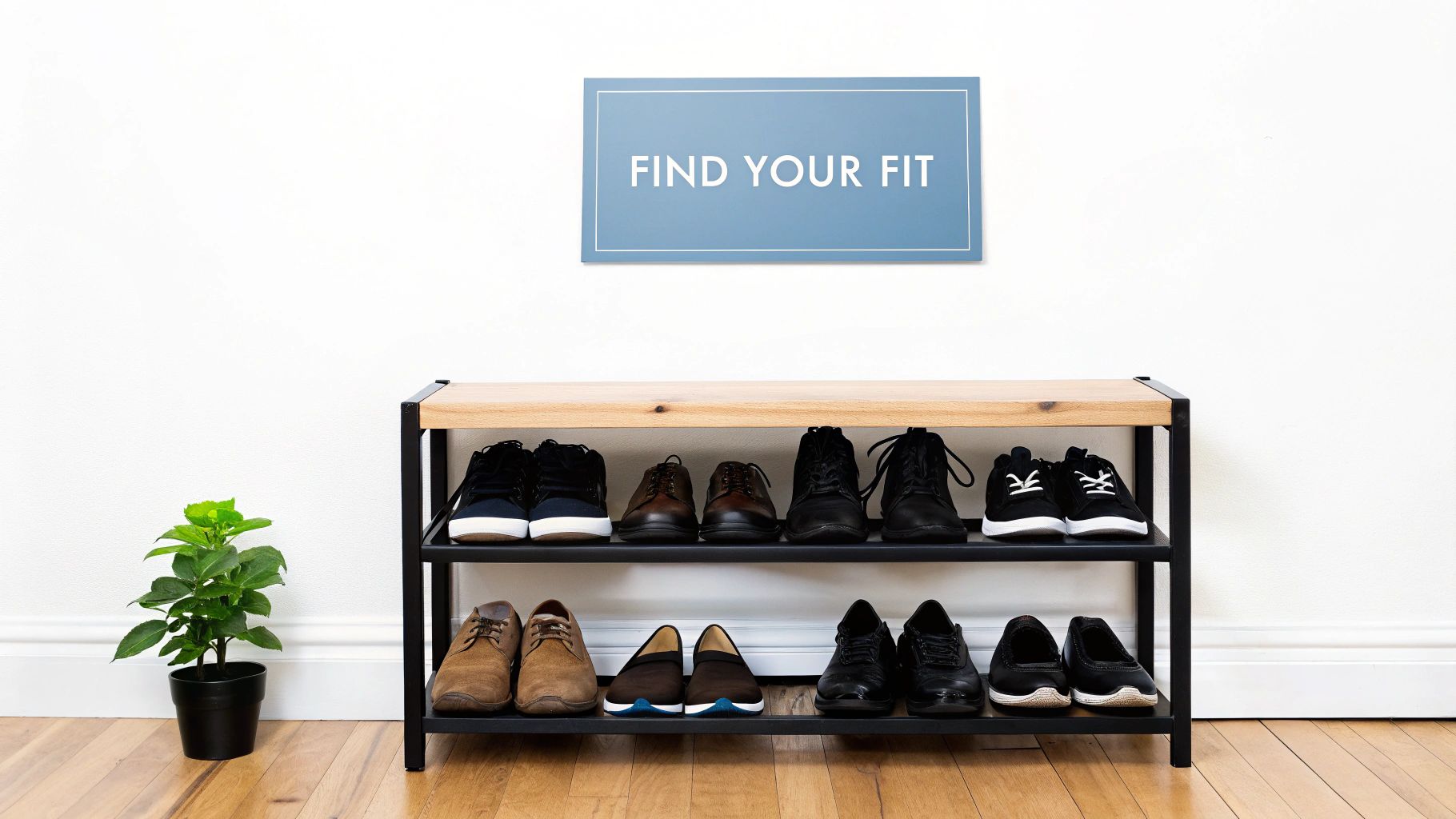
Even after you've carefully measured your feet, a few questions always seem to pop up. Let's walk through some of the most common ones I hear. Getting these cleared up is the final piece of the puzzle to measuring your shoe size at home with complete confidence.
One of the biggest questions is whether shoe sizes are consistent across different brands. The answer, unfortunately, is a hard no. Sizing is all over the map because of different shoe lasts (the forms shoes are built on), manufacturing styles, and even regional standards. This is exactly why your own measurement, in inches or centimeters, is your golden ticket to a great fit.
What If My Feet Are Different Sizes?
First off, don't worry—this is incredibly common. In fact, it's more unusual to have two feet that are exactly the same size. The rule of thumb is simple: always buy shoes to fit your larger foot.
For closed-toe shoes, you can easily add a thin insole or a small heel grip to the shoe for your smaller foot. This little tweak prevents any annoying slipping and makes sure both shoes feel perfectly snug.
Trusting your direct measurements over a generic size number is the key to unlocking a truly personalized fit. It’s the philosophy at the heart of our direct-to-consumer model, connecting you with global artisans who craft footwear to your exact specifications.
How Do I Measure My Foot Width?
This part's easy. Grab that foot tracing you made earlier. Look for the widest part of your foot, which is almost always right across the ball joint. Now, just take your ruler and measure the distance between those two points in a straight line.
Getting this width measurement right is just as crucial as the length for achieving that "made-for-you" level of comfort. For even more great advice, check out our guide to mastering online shoe shopping.
Ready to create a shoe that’s uniquely yours? Explore the Alexander Noel Design Lab and experience the art of bespoke footwear, handcrafted just for you.


